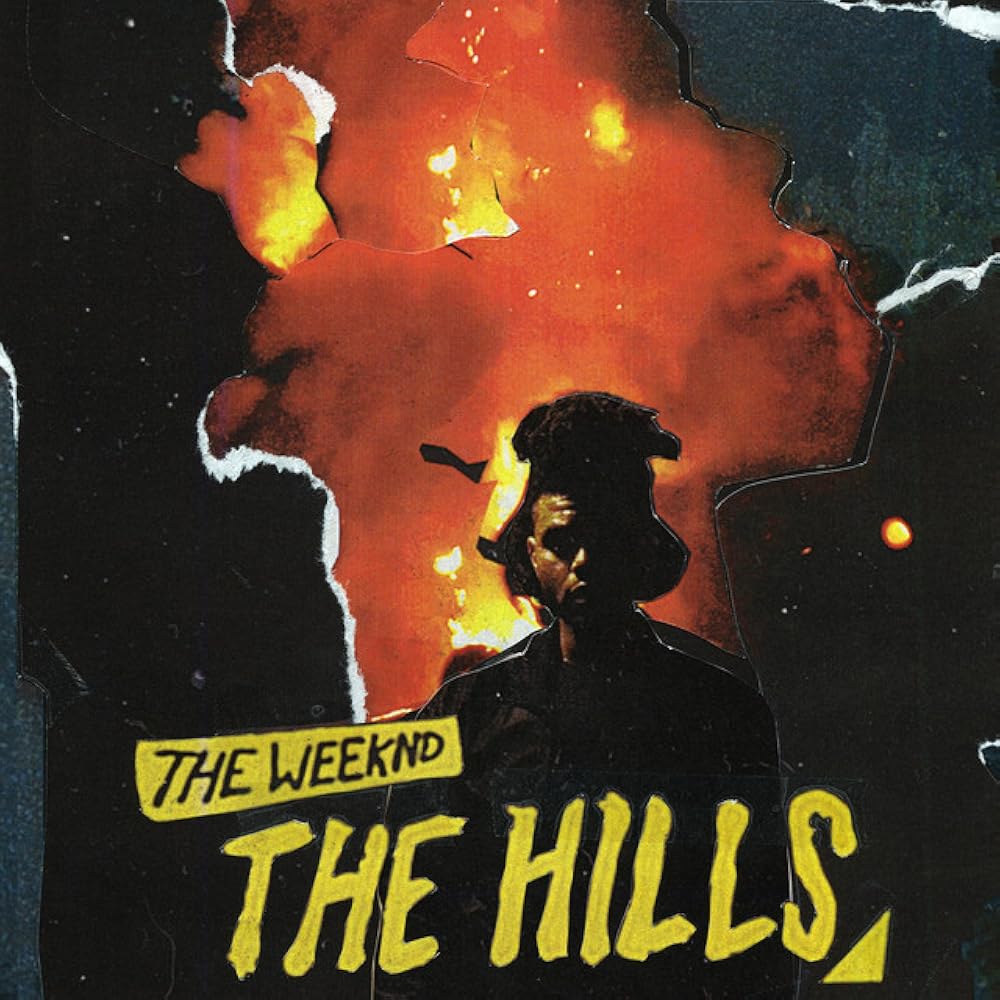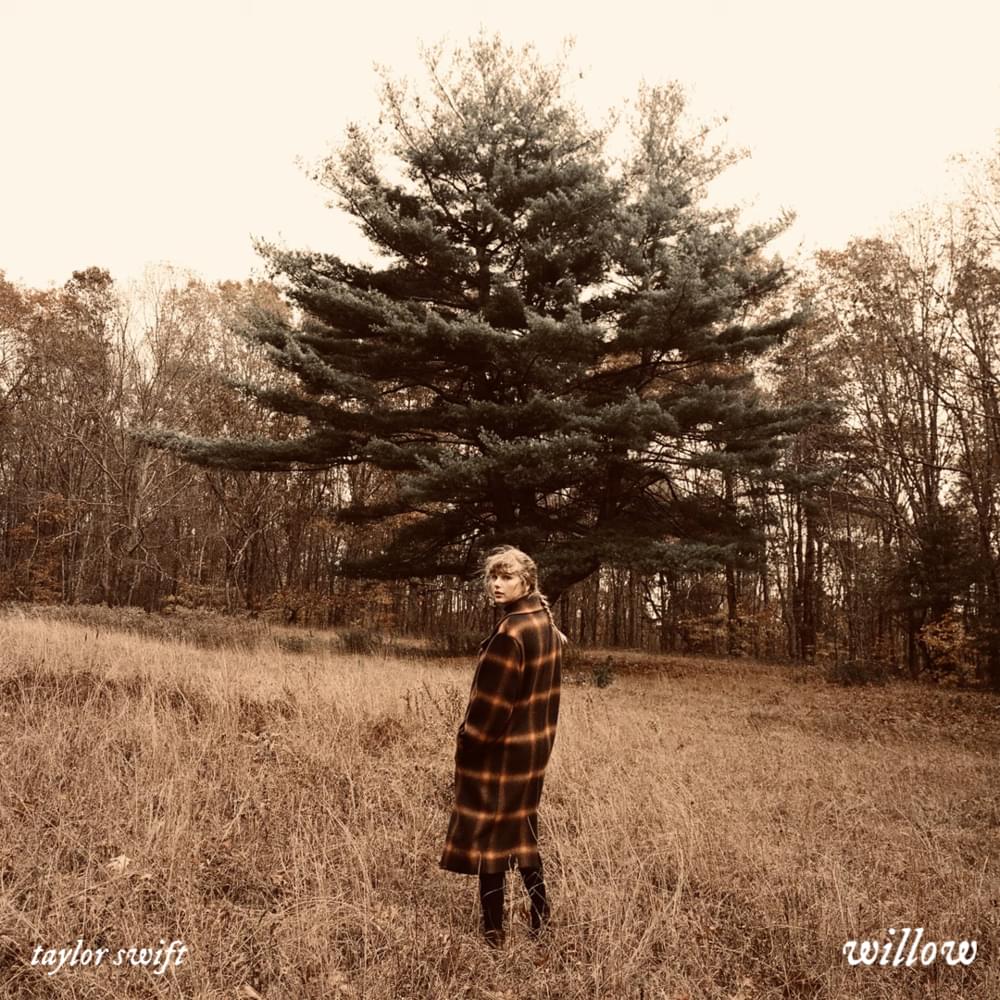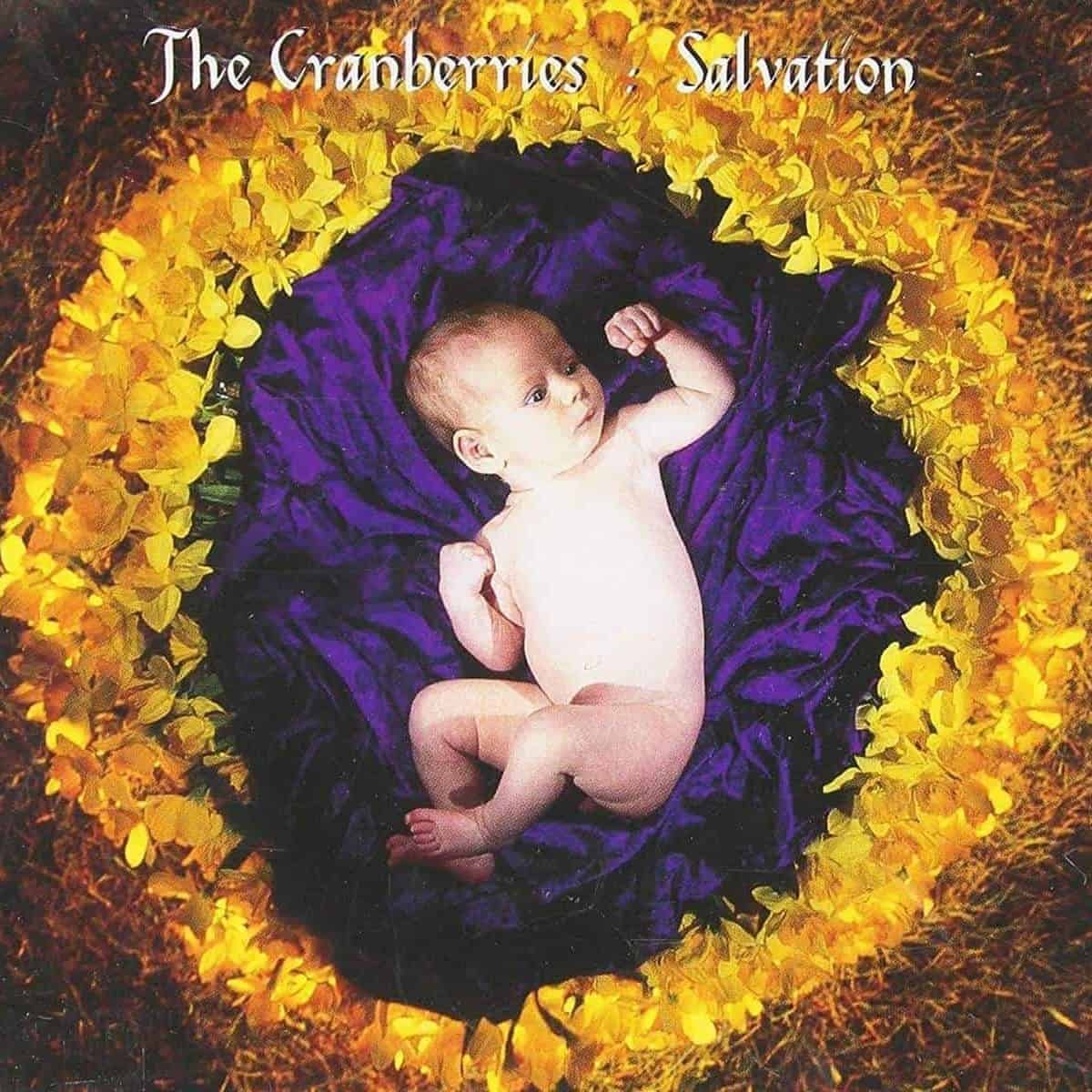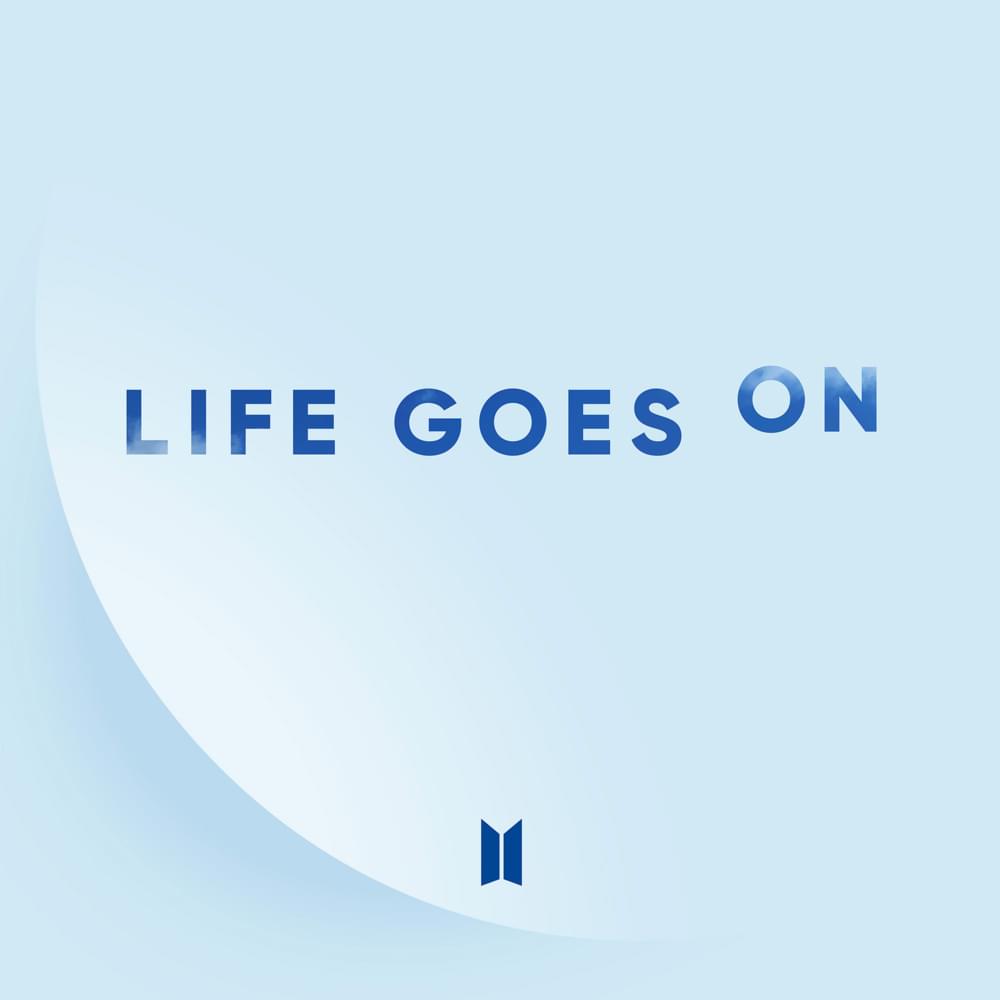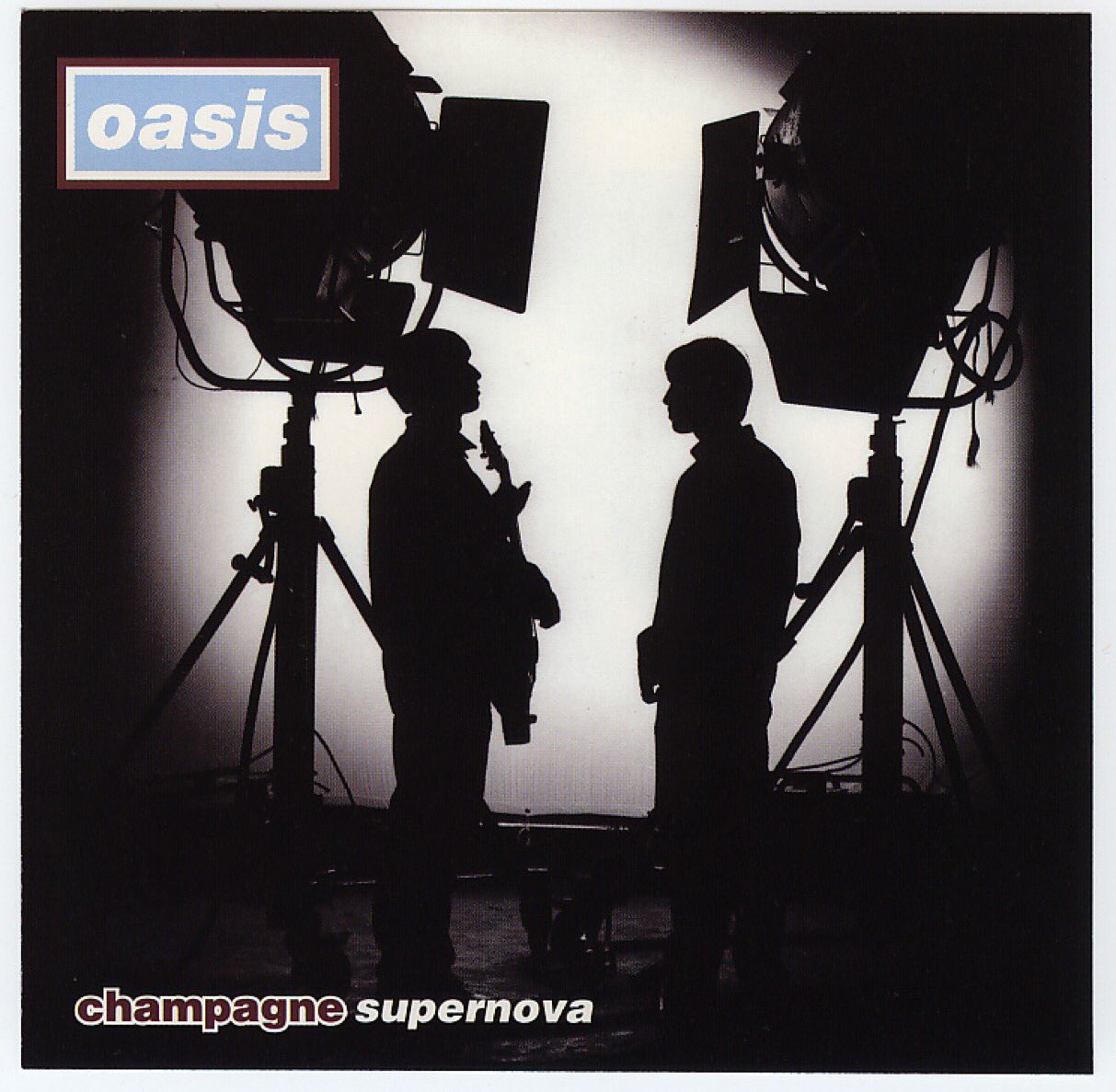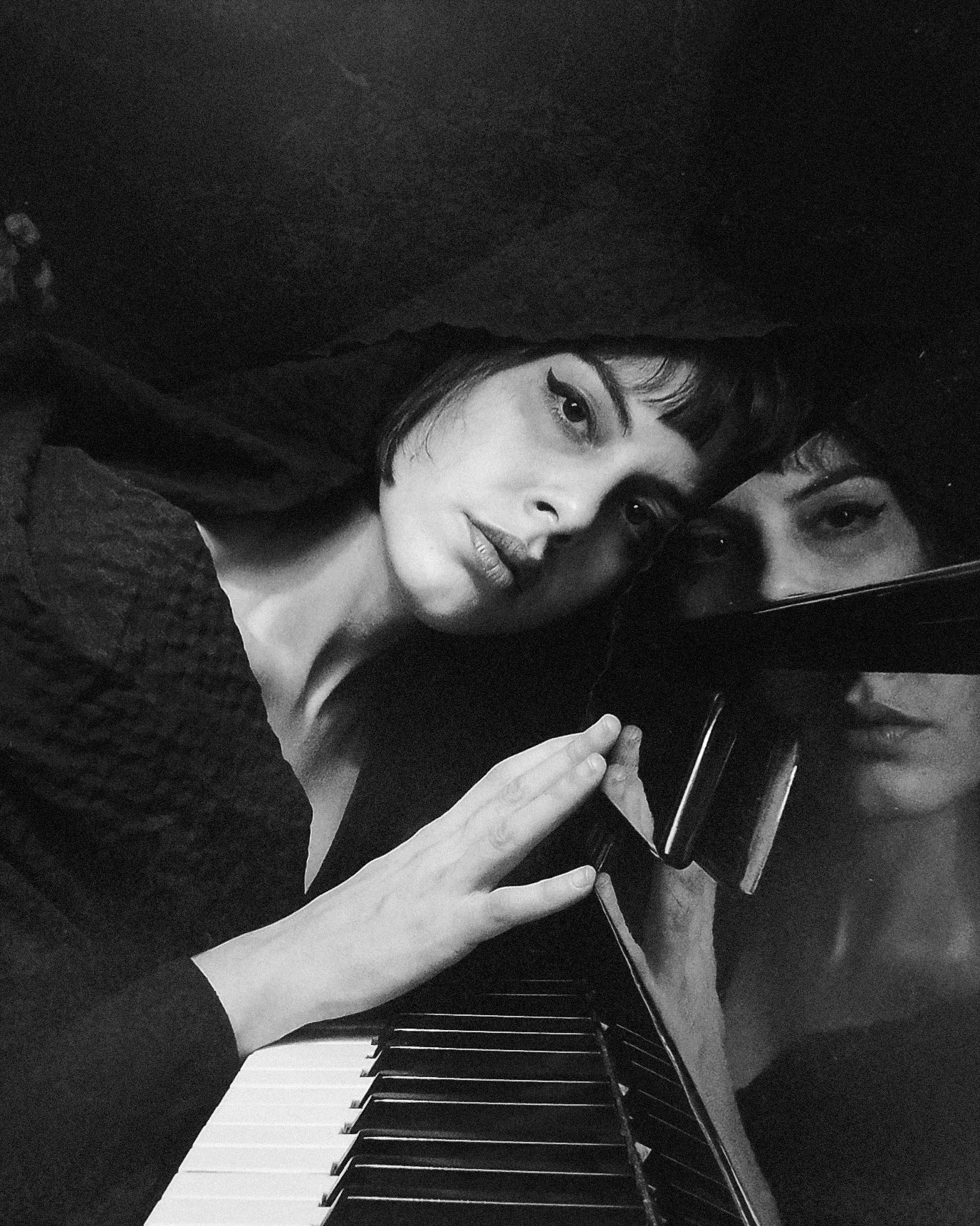October 3, 2015
- STAYED AT #1:6 Weeks
In The Number Ones, I'm reviewing every single #1 single in the history of the Billboard Hot 100, starting with the chart's beginning, in 1958, and working my way up into the present. Book Bonus Beat: The Number Ones: Twenty Chart-Topping Hits That Reveal the History of Pop Music.
A harsh, grinding blare repeats four times. It sounds like a giant sitting on a cutting-edge 1985 synthesizer, just butt-smashing those keys repeatedly, but with the ghost of a human-voice sigh at the end of every butt-smash. The effect is both grand and ominous -- like the chimes that ring out on the "Beat It" intro, or like the church-bell tolls when the arena goes dark and the Undertaker appears at the top of the ramp.
As those butt-smash blares ring out, an image fills the screen: a black sedan, gleaming in the golden-hour light, flipped over on its roof, smoke pouring out of something. A great calamity has befallen this expensive car on this street full of expensive houses. We don't know what that calamity was, but we can make our guesses.
Out of that wreck crawls Abel Tesfaye, bloody and limping. He appears distraught for a few seconds, and he thoughtfully opens a car door for one of the two model girls who are also emerging from the crash. But then Tesfaye begins his march toward the camera, lip-syncing his numb, grinding ode to getting so high that you can't even enjoy sex. One of the escaped models screams and shoves at Tesfaye, but he ignores her and makes no eye contact, like Richard Ashcroft refusing to notice as he shoulder-checks strangers. (The Verve's "Bitter Sweet Symphony" peaked at #12 in 1997.)
Abel Tesfaye doesn't look happy or unhappy. Instead, he looks pathetic, and he also looks cool -- a combination that only a true pop star can master. During one of the song's dramatic bass-drops, the wrecked car explodes into flames behind him. Tesfaye doesn't flinch, but it not exactly the same as a guys-walking-away-from-explosions slo-mo hero shot from a '90s action movie. It's more like Tesfaye is so fucked up that he might not even notice the fireball 40 yards behind him.
Soon enough, night falls, and Abel Tesfaye walks into one of the anonymously expensive houses along this anonymously expensive road. As he climbs the stairs, he soulfully falsetto-croons the name of a Wes Craven exploitation flick about radioactive cannibal mutants attacking a family's RV. Tesfaye walks toward a forbidding, enticing light -- the glowing-red bedroom. There, he encounters two more model chicks, and also the impossibly gaunt face of Rick Wilder, the LA glam-punk veteran who set him on fire in the "Can't Feel My Face" video. Wilder is holding an apple. The end.
The strange and apocalyptic little art film that I just described is the video for "The Hills," the #1 song in America for six consecutive weeks in 2015. This clanking, gasping, oozing, joylessly decadent hell-vision was a pop smash, one so powerful that it forced people to reconsider their idea of how a pop smash might sound. A dark shadow was falling across the face of pop music -- a dark shadow called the Weeknd.
"Can't Feel My Face" was one thing. The Weeknd went from culty critical-darling internet sensation to actual pop hitmaker so quickly that it felt like a glitch or a prank, but "Can't Feel Myself" at least sounded like someone trying to make pop music. The Weeknd wasn't getting where he wanted to go with mood music for snorting crushed-up Ritalin pills off the back of a Santo's Party House toilet, so he called up Max Martin, dialed up his Michael Jackson tenor-hoot, and made something undeniable. It was a cocaine song, but it was the kind of cocaine song that's built to resonate beyond the culture of people who catch those references. When "Can't Feel My Face" took off and became a genuine mainstream smash, we were simply watching an extremely well-executed plan come to fruition. "The Hills" was something else.
The Weeknd didn't have Max Martin's help when he made "The Hills." Instead, it's basically a vintage Weeknd mixtape track, with production values cranked up to blockbuster levels. It sounds spectacular, but it's not the kind of song that you make when you're trying to get daytime radio play. Max Martin did not help out on this one. Instead, one of the producers is Carlo "Illangelo" Montagnese, a Calgary native who got his start as one of the sonic masterminds behind the Weeknd's debut mixtape House Of Balloons. The other is Emmanuel "Million Dollar Mano" Nickerson, a Chicago-born producer who came up as a Good Charlotte remixer and blog-rap beatmaker before joining Kanye West's extended orbit, racking up credits on records from the different rappers in West's G.O.O.D. Music crew.
Mano came up with the original demo for the "Hills" instrumental and sent it to the Weeknd. Then, Abel Tesfaye and Illangelo worked on the track at Tesfaye's home studio, putting together dozens of versions of the track. Illangelo broke down all the equipment that he used on his many, many mixes of "The Hills" in a very long Sound On Sound feature, and he affirmed that the song was conceived as an attempt to get back to the Weeknd's mixtape sound, but "with a pop arrangement and chords in a faster tempo."
The Weeknd came up with the topline melody for "The Hills," and he shared songwriting credit with Mano, Illangelo, and Ahmad "Belly" Balshe, a Palestinian-born rapper who moved to Ottawa as a kid. Belly, who presumably named himself after the Hype Williams movie, had been kicking around the Canadian rap scene since the mid-'00s; his debut single "Pressure" was a Canadian radio hit with a hook from Ginuwine. The Weeknd signed Belly to his XO label when it became a Republic Records subsidiary, and Belly is still part of the XO roster. Whenever the name "Belly" pops up on a festival lineup, I have to figure out whether it's the Weeknd's guy Belly or the Tanya Donnelly band Belly. It's usually the Weeknd's guy. (The Weeknd appeared on Belly's highest-charting Hot 100 hit, 2015's "Might Not," which peaked at #68.)
"The Hills" seems to be about an illicit affair with another celebrity, and there are plenty of rumors about what celebrity it might be. Honestly, though, those questions never even occurred to me. The specifics aren't important to "The Hills." Instead, what connects is the song's mood -- its overwhelming feeling of curdling hedonism, the feeling that your own partied-out lifestyle is dragging you to hell. The Weeknd starts out with pickup lines: "I'm just tryna get you out the friendzone/ 'Cause you look even better than the photos." Back when this sort of thing was relevant to me, I wish I would've thought of avoiding the friendzone by straight-up stating that I wanted to avoid the friendzone. Does that work for most people? If you have to ask, you're probably already there. In any case, things turn bleak by the time the "Hills" chorus hits.
On the "Hills" hook, the Weeknd paints a picture of grim, transitional, compulsive, pilled-out no-strings sex. He only calls you when it's half past five, and that's the only time he'd ever call you his. Somewhere in there, he makes an ugly confession: "When I'm fucked up, that's the real me." He's only himself when he's not himself. He has to numb himself to become himself. If you met the Weeknd when he was sober, then you didn't really meet the Weeknd. That kind of thing can be an undercurrent in pop music, but it's not something that stars usually just come out and say in plain language.
Deeper in, the Weeknd coos, "Tryna keep it up don't seem so simple." Is he talking about living too fast, putting too much strain on his body? Or is he actually talking about being so high that his dick can't get hard? The next thing he sings is this: "I just fucked two bitches 'fore I saw you/ And you gon' have to do it at my tempo." This doesn't really answer my question, but I have my suspicions. Either way, he's both bragging and confessing his indulgences. When he tells one sex partner about all the other people he's fucking, it's both a warning and an enticement. You can join the party if you want, so long as you know what kind of party you're joining.
The same is true of his substance intake: "Always tryna send me off to rehab/ Drugs started feelin' like it's decaf/ I'm just tryna live life for the moment/ And all these motherfuckers want a relapse." You have to detox to relapse, and the song's narrator doesn't sound interested in letting that happen. When he sings that the hills have eyes on the bridge, he's dropping a horror-movie title. Wes Craven, who died before "The Hills" hit #1, appreciated the shoutout. But that line is about a different kind of dark cinematic experience. The Weeknd is in the celebrity panopticon of the Hollywood Hills, trying to stay fucked up in peace as the world watches. On the song's fadeout, we hear a muffled female voice singing professions of love in Amharic, the language that Abel Tesfaye spoke at home as a kid. It lands like a shard of memory, a frayed connection to childhood innocence that now feels truly distant.
The sound of "The Hills" is mired in the shit, from the distorto-blare opening on down. Where "Can't Feel My Face" is mostly Michael Jackson pastiche, "The Hills" is the kind of overt sex-and-death drug-wallow that MJ never would've attempted. Instead, the song works in the grand evil-synthpop tradition of Violator-era Depeche Mode, filtered down through white-noise-smeared blog-house anthems and through the kind of sinister hipster party music that's now known as indie sleaze. The digital bass and Abel Tesfaye's vocals are pushed so far into the red that they can't help but fray.
"The Hills" is the Weeknd singing about being on the verge of falling apart on a track that also sounds like it's about to fall apart. Still, that central melody worms its way in there. On the verses, the Weeknd sings with monotonal menace that's at least rap-adjacent. On the chorus, he's defiant and vulnerable in equal measure, and his hook has a hypnotic chant-along quality that pairs beautifully with the hands-in-the-air bass-drop moments. Even when they weren't trying to make big, obvious pop music, the Weeknd and his collaborators fully internalized the sounds that made festival crowds lose their minds in the mid-'10s, transforming those sounds into something like arena rock. Presented in a compelling package like "The Hills," those sounds have a way of becoming pop music on their own terms.
There's a certain amount of chaos built into the actual production of "The Hills." In March 2015, "The Hills" was still an unreleased demo without a final title; it was still known as "Mood Music" back then. At a SXSW party, the Weeknd played a snippet of the track that was still in-progress. An ultra-murky phone recording from that party, uploaded to SoundCloud, did huge numbers. In a 2020 Variety interview, the Weeknd said, "I lost my mind making that record because there are noises in the [SoundCloud] version that I tried to replicate in the studio — somebody in the crowd screaming right before the drop, that wasn’t there before, so I had to put a fake scream in the song!" That screaming noise in the final version of "The Hills" adds a sense of horror-movie urgency. It's like a DJ's airhorn, if it was in there to signal impending doom.
The Weeknd performed the finished version of "The Hills" for the first time at Coachella. I was there, but I don't think I was watching the Weeknd's set when he sang that song. The track actually came out a couple of weeks before "Can't Feel My Face," and it debuted at #20, which meant it was already a bigger hit than most people could've predicted. The "Hills" video is a striking little nightmare, and it's actually the first collaboration between the Weeknd and director Grant Singer. (Singer also did the "Can't Feel My Face" clip, which came out a couple months later.) The video definitely drew more attention to "The Hills," but the song was already connecting on its own.
"The Hills" lingered around the upper reaches of the Hot 100 while "Can't Feel My Face" ascended to #1. The week that "Can't Feel My Face" first hit #1, "The Hills" broke into the top 10. Most of the early chart success for "The Hills" came through downloads and streaming, but radio eventually got on board -- surprising, considering how much of the track had to be censored for airplay. Eventually, "The Hills" replaced "Can't Feel My Face" at #1. That gave the Weeknd back-to-back chart-toppers, a clear sign of a motherfucker on a historic hot streak.
The success of "The Hills" was way more than anyone expected, least of all the Weeknd. After "The Hills" blew up, the Weeknd and his collaborators got hit with a plagiarism lawsuit. It claimed that some of the foggy low-end of the track's original Mano demo was an uncleared sample of composer Tom Raybould's score for The Machine, a low-budget British sci-fi movie that came out in 2010. As far as I know, that case is ongoing, but ASCAP now lists Raybould as one of the songwriters of "The Hills."
"The Hills" ultimately surprised everyone by staying at #1 for twice as long as "Can't Feel My Face." That put the Weeknd directly into chart conflict with Drake, his Toronto contemporary and former collaborator. In summer 2015, Drake released "Hotline Bling," a passive-aggressive singsong earworm built on a sample of Timmy Thomas' "Why Can't We Live Together." "Hotline Bling" was a big crossover hit even before Drake dropped the video, a piece of pure meme-bait where Drake dances around a lit-up cube. The "Hotline Bling" memes are still circulating; the thing where Drake is like "no" and then "yes" is just part of internet language now. That video had Donald Trump dancing like Drake on SNL when he first ran for president, a weird but telling sign of cultural impact.
By the time he made "Hotline Bling," Drake was unquestionably the biggest rapper in the game. Drake appeared on Rihanna's "What's My Name?" in 2010, but he'd never scored a #1 hit as lead artist. "Hotline Bling" looked like it would be the song that finally took him there. Before the charts came out, Drake wrote a long, celebratory, since-deleted Instagram post about how a #1 hit would be "the biggest moment" of his career to that point: "I always love the moment right before it happens more than when it actually happens. So thank you...even if it doesn't." It didn't.
The "Hotline Bling" push had a couple of issues. First, Drake had a deal with Apple Music, and the streaming service had the exclusive on the video for a while before it went to YouTube. Apple Music didn't report its video streams to Billboard, so this big-hit video didn't actually help Drake's chart placement. Also, the Weeknd chose that moment to release a couple of "The Hills" remixes with big-name rappers. One of the remixes featured Eminem, someone who's been in this column a bunch of times. The Weeknd apparently personally asked Eminem to rap on the track, and since Em was used to rapping over gothic churns, the combination seemed to make sense. That remix got a virtual-reality video with a John Travolta cameo.
The Weeknd also released a "Hills" remix with Nicki Minaj, Drake's Young Money labelmate and frequent collaborator. (Nicki will eventually appear in this column.) The first time that the Weeknd performed on Saturday Night Live, he did that "Hills" remix, and Nicki performed it with him. Thanks to those remixes and the Apple Music snafu, "The Hills" got another week at the top, and "Hotline Bling" peaked at #2.(It's a 5.) Drake still strung together a long series of #1 hits, so we'll get to him soon enough. But that run didn't start as soon as Drake wanted, which probably didn't do anything good for the chilly relations between Drake and the Weeknd.
After the success of "The Hills," the Weeknd's next single was "In The Night," the Max Martin production that the Weeknd's publisher compared to "Billie Jean" when he first heard it. "In The Night" is a great song, but it's not "Billie Jean," and it didn't do "Billie Jean" numbers. Instead, it peaked at #12. But it didn't really matter, since the Weeknd was already a world-conquering pop superstar by then. Beauty Behind The Madness is now sextuple platinum, and "The Hills" has racked up crazy numbers -- 2.1 billion YouTube views, 2.3 billion Spotify streams, platinum 11 times over.
While the Beauty Behind The Madness album cycle was still going, the Weeknd went off on an arena tour and guested on records from people like Beyoncé, Kanye West, and future Number Ones artists Travis Scott and Future. (The Future/Weeknd single "Low Life" peaked at #18 in 2016. Great fucking song.) The man was a certified hitmaker, and he remains a certified hitmaker. The Weeknd now has a few songs that hit even bigger than "The Hills," but none of those songs has been quite as striking, either in overall darkness or in unexpected impact. The Weeknd will be back in this column before long.
GRADE: 9/10
BONUS BEATS: Here's former Number Ones artist Lil Wayne sing-rapping about "let me stick my thumb up in your asshole" -- a sentiment that's perfectly in keeping with the original track -- over the "Hills" instrumental on his 2015 mixtape No Ceilings 2:
BONUS BONUS BEATS: Here's Dua Lipa covering "The Hills" and turning it into a dance-pop song during a 2016 visit to the BBC Live Lounge:
(Dua Lipa's highest-charting Hot 100 hits, 2019's "Don't Start Now" and 2020's "Levitating," both peaked at #2. "Don't Start Now" is a 9, and "Levitating" is an 8.)
BONUS BONUS BONUS BEATS: Here's fan video of the great Philadelphia indie rock band Hop Along playing a very cool cover of "The Hills" in 2016:
THE 10S: Taylor Swift's sweeping, incandescent synthpop monster-ballad "Wildest Dreams" peaked at #5 behind "The Hills." As someone who is (1) so tall and (2) handsome as hell, I am predisposed toward loving this song. Nevertheless, it's a 10.
The Number Ones: Twenty Chart-Topping Hits That Reveal The History Of Pop Music is out now on paperback via Hachette Books. When you're booked up, that's the real you. Buy it here.
